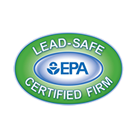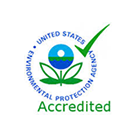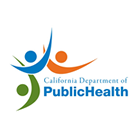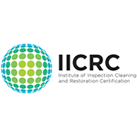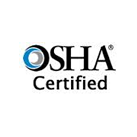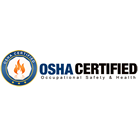What Is Lead?
Lead is a naturally occurring metal found deep within the ground. It occurs in small amounts in ore, along with other elements such as silver, zinc or copper. Even though it's found in small amounts, there is an abundant supply of lead throughout the earth. Because it is widespread, easy to extract and easy to work with, lead has been used in a wide variety of products including:
- Paint
- Ceramics
- Pipes
- Solders
- Gasoline
- Batteries
- Cosmetics
Since 1980, federal and state regulatory standards have helped to minimize or eliminate the amount of lead in consumer products and occupational settings. Today, however, the most common sources of lead exposure in the United States are:
- Lead-based paint in older homes
- Contaminated soil
- Household dust
- Drinking water
- Lead crystal
- Lead-glazed pottery
How Much Lead Is Harmful?
No amount of lead is safe. Eliminating all lead exposure in our environment is our best course of action.
New findings from NIEHS-supported grantees, as well as the National Toxicology Program (NTP) have found many adverse health effects in both children and adults at blood lead levels below 10 micrograms per deciliter (μg/dL) and for some below 5 μg/dL.
These findings add to the body of evidence that have led the Centers for Disease Control and Prevention (CDC) in 2012 to now advise that any child with more than 5 micrograms per deciliter of lead in their blood to be considered at risk and that public health actions should be initiated.
Lead Gets into the Body in Many Ways Adults and children can get lead into their bodies if they:
- Breathe in lead dust (especially during activities such as renovations, repairs, or painting that disturb painted surfaces).
- Swallow lead dust that has settled on food, food preparation surfaces, and other places.
- Eat paint chips or soil that contains lead. Lead is especially dangerous to children under the age of 6.
- At this age, children’s brains and nervous systems are more sensitive to the damaging effects of lead.
- Children’s growing bodies absorb more lead.
- Babies and young children often put their hands and other objects in their mouths. These objects can have lead dust on them. Women of childbearing age should know that lead is dangerous to a developing fetus.
- Women with a high lead level in their system before or during pregnancy risk exposing the fetus to lead through the placenta during fetal development.
What You Can Do Now to Protect Your Family If you suspect that your house has lead-based paint hazards, you can take some immediate steps to reduce your family’s risk:
- If you rent, notify your landlord of peeling or chipping paint.
- Keep painted surfaces clean and free of dust. Clean floors, window frames, window sills, and other surfaces weekly. Use a mop or sponge with warm water and a general all-purpose cleaner. (Remember: never mix ammonia and bleach products together because they can form a dangerous gas.)
- Carefully clean up paint chips immediately without creating dust.
- Thoroughly rinse sponges and mop heads often during cleaning of dirty or dusty areas, and again afterward.
- Wash your hands and your children’s hands often, especially before they eat and before nap time and bed time.
- Keep play areas clean. Wash bottles, pacifiers, toys, and stuffed animals regularly.
- Keep children from chewing window sills or other painted surfaces, or eating soil.
- When renovating, repairing, or painting, hire only EPA- or Lead-Safe Certified renovation firms
- Clean or remove shoes before entering your home to avoid tracking in lead from soil.
- Make sure children avoid fatty (or high fat) foods and eat nutritious meals high in iron and calcium. Children with good diets absorb less lead.
How Do I Get Rid Of The Lead?
The first thing you want to find out is how much lead is in the material you want to get rid of, or even if there is lead present at all. You should contact a certified lead testing company to do this survey or testing for you. Once you have those results give us a call and we can send you a free estimate. Lead can be just as dangerous as dealing with asbestos and we treat each with the same protocols which is above and beyond what the state requires us to do.


